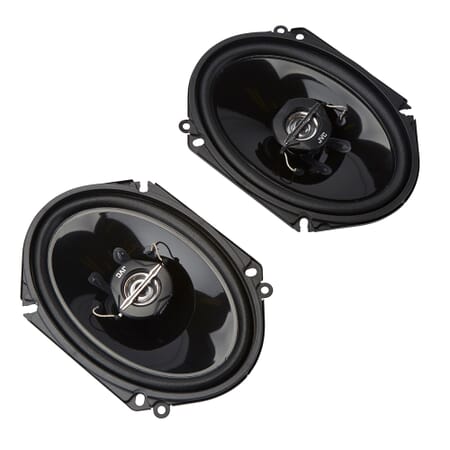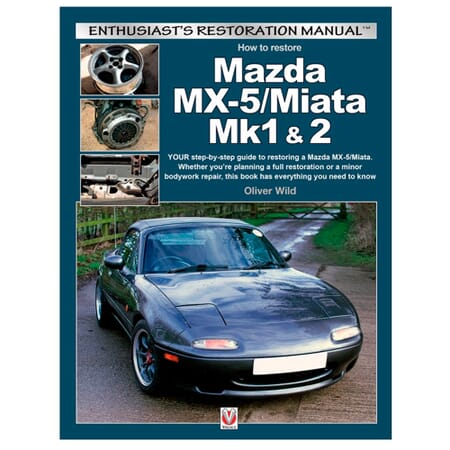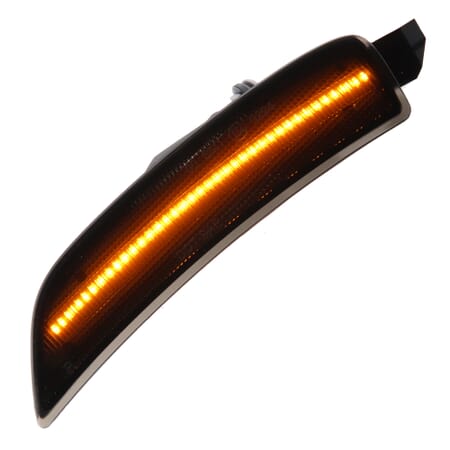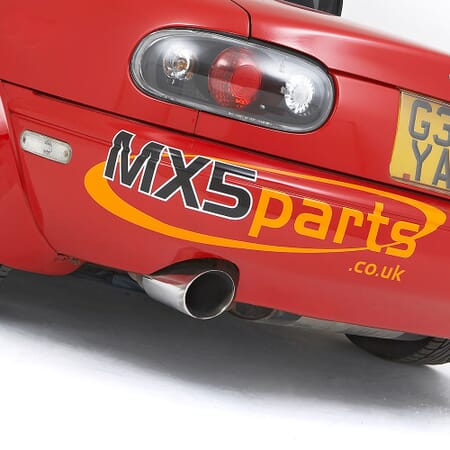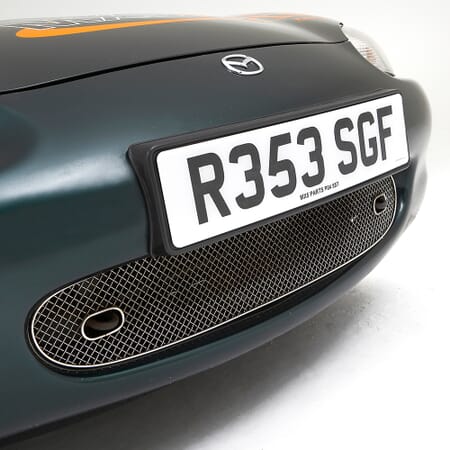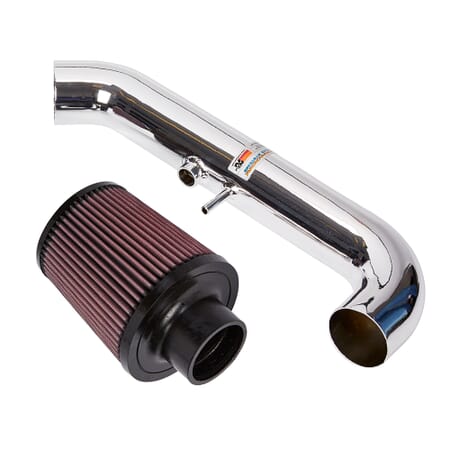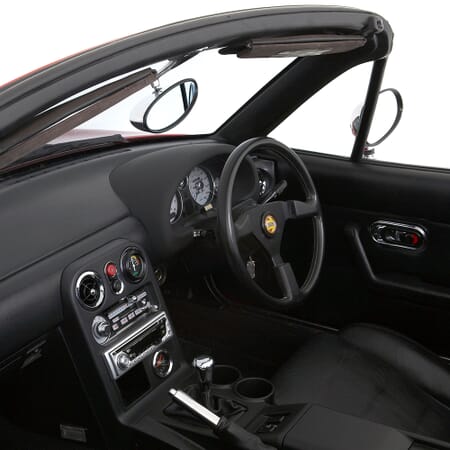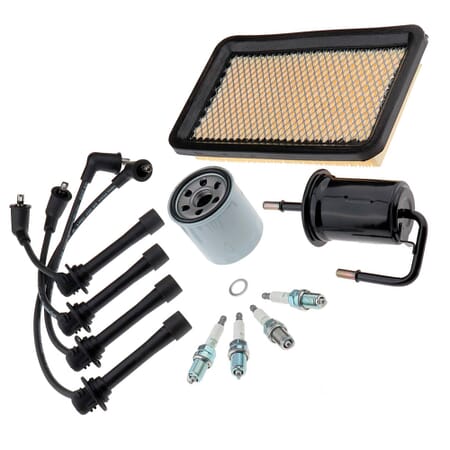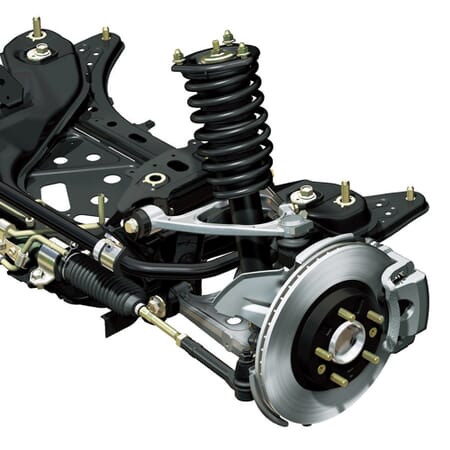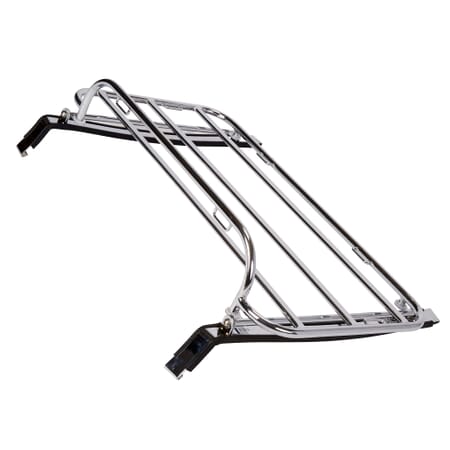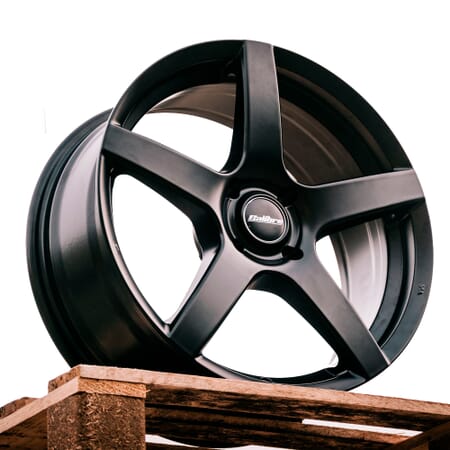Mk1 MX5 1989>1998
Welcome to the Mk1 parts and accessories section of the MX5 Parts website!
Despite the first Mk1’s now being over 35 years old, they still remain the most iconic and in many cases best loved incarnation of the Mazda MX-5. Launched in 1989 in Japan as the Eunos, the United States as the Miata, and here in the UK as the MX-5 in 1990, this small, light and nimble little two seater convertible sports car is loved by drivers and enthusiasts the world over.
Instantly recognisable by its pop up headlamps, the Mk1, or NA which is its official model code, came at a time when affordable roadsters had almost disappeared from the market completely, with only the considerably more expensive Alfa Romeo Spider still being in production. When asked by Mazda what car he thought they should produce in the future, motoring journalist Bob Hall said that the simple, bugs in the teeth, wind in the hair classic British sports car doesn’t exist anymore and that someone should build one. In 1982 Bob Hall, who then worked for Mazda, and his team were given the go ahead to research the idea further. In 1983, Mazda turned the design of the car into a competition between teams in Tokyo and California. In 1984 after just two rounds of judging, the team in California won with their design code named Duo 101 and it was this design that formed the basis for what would become the MX5 as we know it today.
Following the Jinba Ittai (horse and rider as one) principle, with its front engine, rear wheel drive uni-body design, the lightweight Mk1 MX-5 featured a unique power plant frame that provides a solid connection between the engine and rear differential which significantly improved handling by reducing flex. It’s near perfect 50/50 weight distribution, sharp responsive handling, and 940kg curb weight quickly made the MX5 a popular choice for amateur racers and spirited road drivers alike.
One of the other appeals of the Mk1 MX5 is the ease by which the average home mechanic can work on them, and by how almost infinitely customisable they are, which is exactly where we come in!
Here at MX5parts we specialise in the supply of Genuine Mazda OEM and quality aftermarket parts and accessories to ensure your beloved Mk1 MX5 stays in the very best condition giving you many years of top down driving pleasure. We have parts available from stock for just about every job from basic routine maintenance such as timing belt kits, service kits and brake pads and discs through to interior and exterior accessories.
Frequently Asked Questions About The Mk1 MX-5
What is the model code of the Mk1?
The Mk1 MX-5 has the model code NA.
What is the easiest was to tell if I have a Mk1?
Easy! It was the only model of MX-5 that has pop up head lamps.
In what years was the Mk1 MX5 produced?
The Mk1 was launch in 1989 in the US and Japan then subsequently in the UK and Europe in 1990. Production continued through to 1998.
What engine sizes were available?
When the Mk1 was first launched it was only available with a 1.6 litre engine which continued until late 1992. In 1993, production of the 1.6 stopped to make way for the 1.8 which was the only engine size available until 1995 when the 1.6 was then reintroduced alongside it.
How can you tell the difference between a UK car and a Japanese import?
There are several ways to tell the difference between a UK MX5 and Japanese Eunos import, but the easiest way is to look at the cut out for the rear number plate. If it is oblong it is a UK or European model, if it is square then it is a Japanese import. Another easy way to tell is the chassis number which is stamped on the bulkhead at the back of the engine bay. UK & European chassis numbers are always 17 digits long and start JMZNA, and Japanese Eunos models have a shorter 10 digit code split into two parts that starts NA.
Are there many differences between UK and import models?
Very few. The vast majority of parts fit both models and if there are any differences we will always state it in the product description. Japanese import models tended to be higher spec in terms of trim level, but mechanically they are virtually identical.
Where there any special editions?
Yes! There were many different special editions produced throughout the life of the Mk1, many of which are now quite rare as they were only done in relatively small numbers. The Le Mans for example only numbered 24. Other UK special edition models included the Gleneagles, Merlot, California, Monaco, Harvard and Dakar to name but a few.

